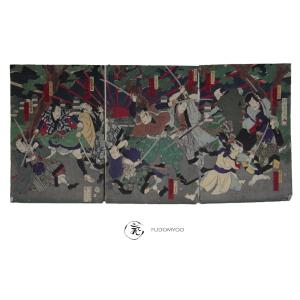The story of "Kumo ni Magou Ueno no Hatsuhana" is derived from Matsubayashi Hakuen II's famous kodan titled "Tenpô Rokkasen", telling the story of five larger-than-life Edo thieves and gamblers and a courtesan. The story was imbued with the emotional atmosphere of Edo, which was lost in the early Meiji period. This play, entitled "Kumo ni Magou Ueno no Hatsuhana", was created in March 1881 at Shintomiza with an astonishing cast: Ichikawa Danjûrô IX 市川團十郎 (Kôchiyama Sôshun), Onoe Kikugorô V 尾上菊五郎 (Kataoka Naojirô), Ichikawa Sadanji I市川左團次 (Kaneko Ichinojô) and Iwai Hanshirô VIII 岩井半四郎 (the courtesan Michitose).
This play is made in five acts divided into eleven acts.
The act presented on this print is the first which began with a crowd at the Yushima shrine because of an exhibition match organized by the fencing master (kenkyaku) Kaneko Ichinojô and his disciples as a " offering" paid to the sanctuary by local traders. Kurayami no Ushimatsu (literally Ushimatsu of "Darkness"), a local gangster, demands that Kaneko Ichinojô pay him protection money. His argument is simple: if Kaneko managed to collect money in neighborhood stores under the pretext of making an "offering" to the sanctuary, he too is an acrobat. The rule of protection money applies to all artists within the grounds of Yushima Shrine. Ushimatsu's request angers Kaneko's disciples. Quickly, the two groups confront each other for a big fight, when Kôchiyama Sôshun, an osukiya bôzu, intervenes. Thanks to his imposing manner, Ushimatsu and his men reluctantly end their show of force and retreat. Kôchiyama is thanked by the head of the Yushima shrine and by Kaneko Ichinojô... the actors on the prints are as follows: left: ichikawa sandaji, two other actors. in the middle: ichikawa danjuro, ichikawa dan'enom, another actor on the right: nakamura tsurusuka V, Onoe Kikugono, Ichikawa Kodaiji
Toyohara Kunichika is the student of Toyohara chikanobu, he is a great ukiyoe artist and he was very recognized for his work on artist prints. He is the man of two eras which intersect and he dies in Tokyo. On his tomb is inscribed the following epitaph: "As I am tired of painting portraits of the people of this world, I will paint portraits of the king of hell and demons."












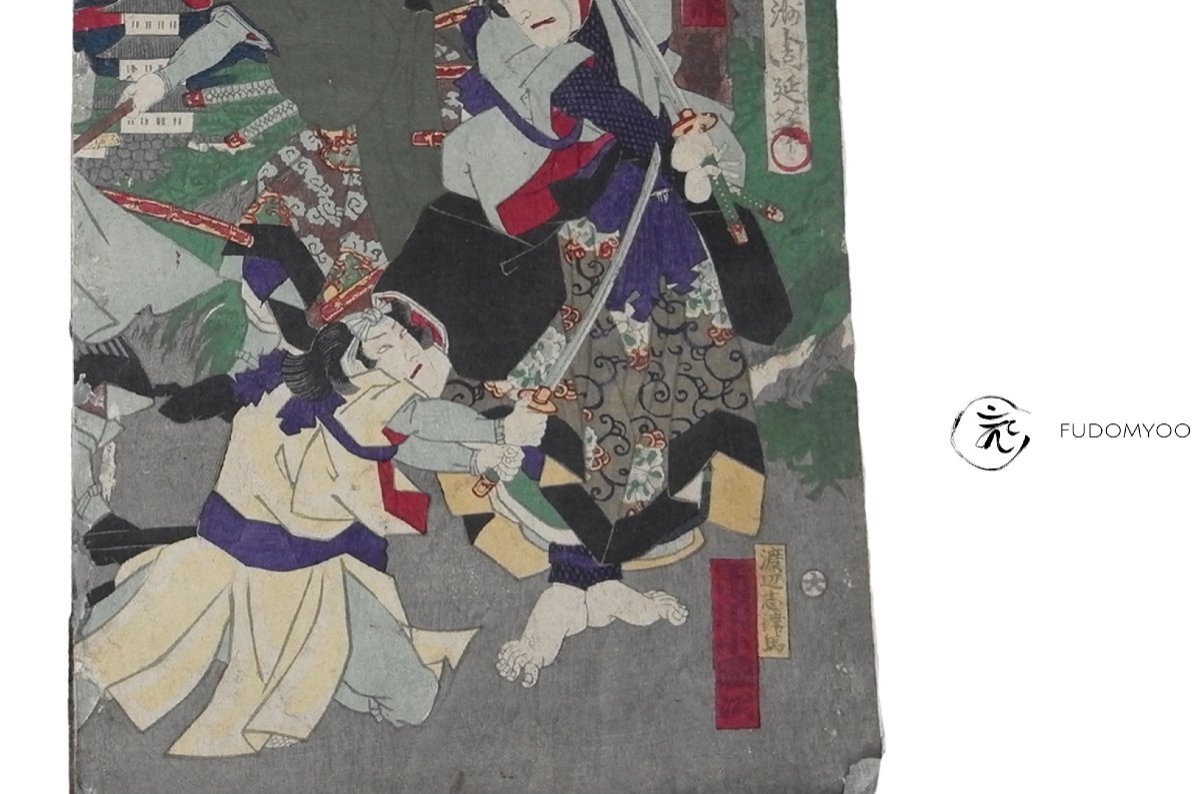

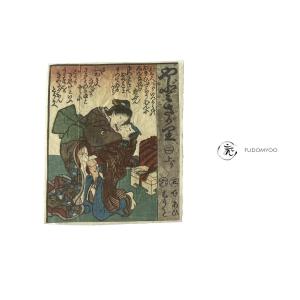
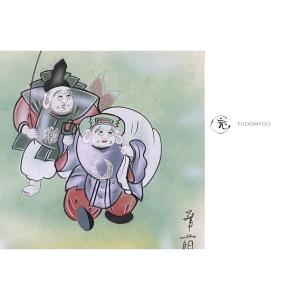
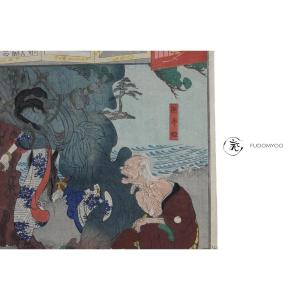

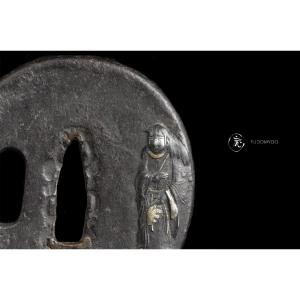





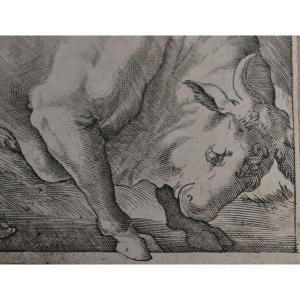
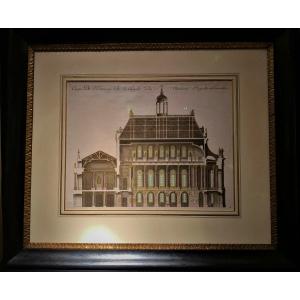



 Le Magazine de PROANTIC
Le Magazine de PROANTIC TRÉSORS Magazine
TRÉSORS Magazine Rivista Artiquariato
Rivista Artiquariato
